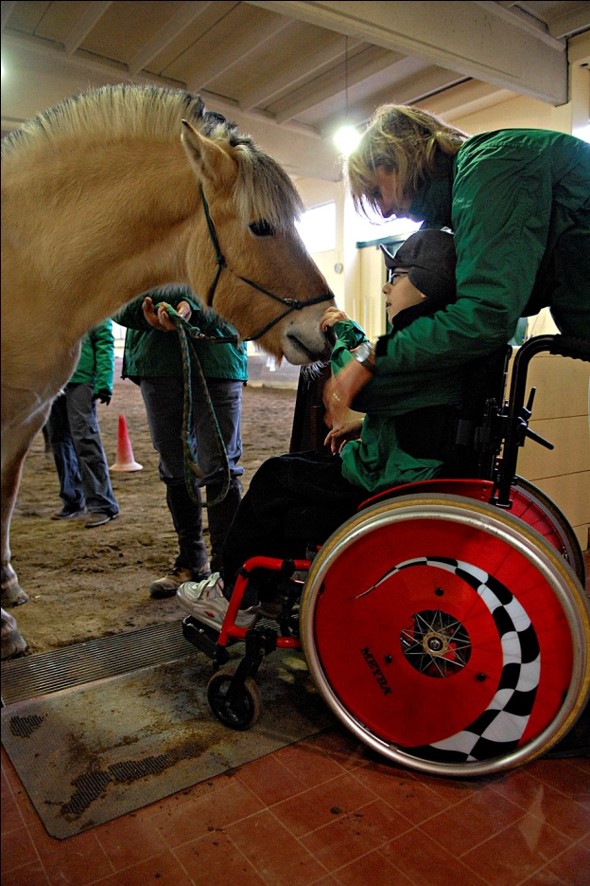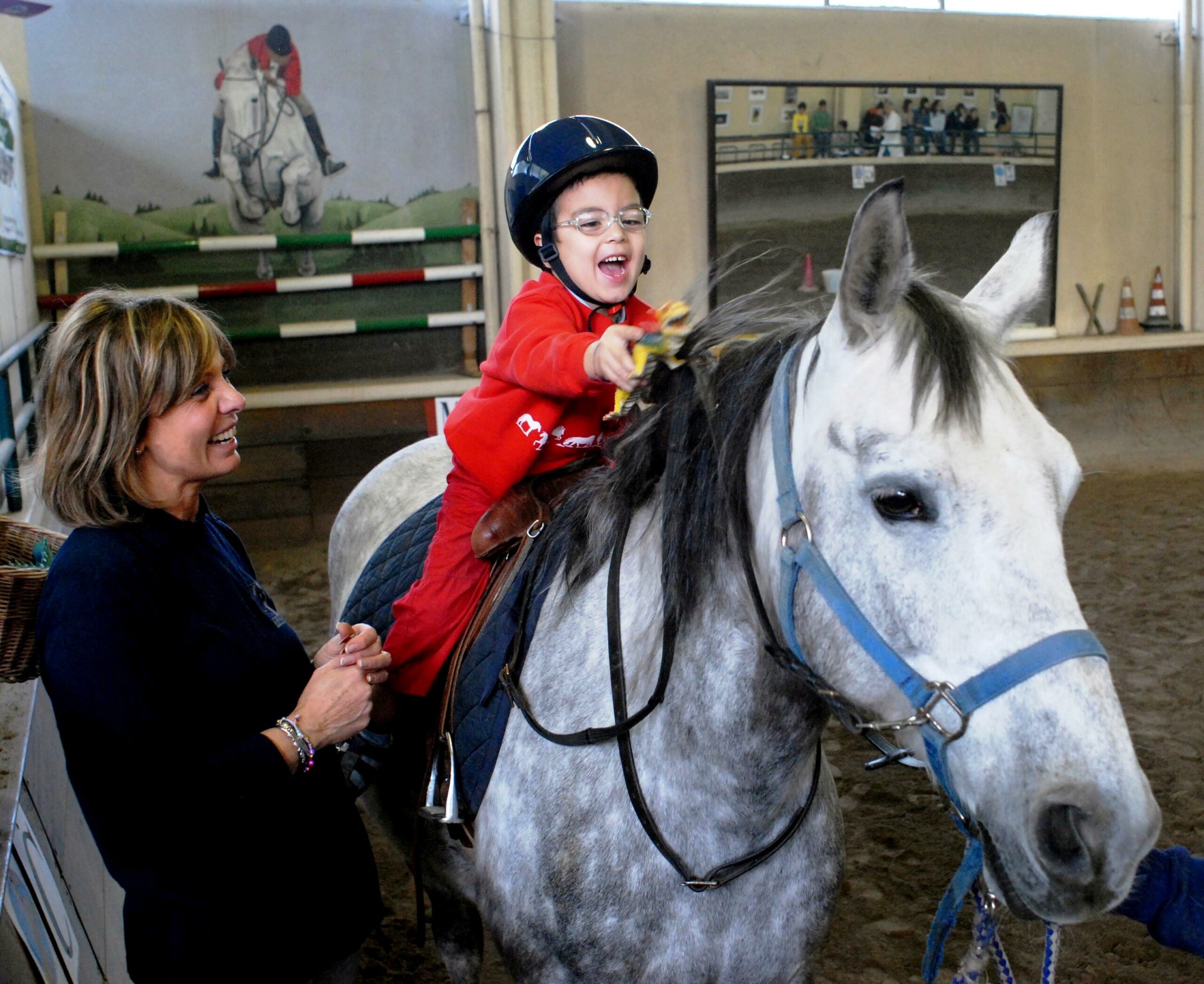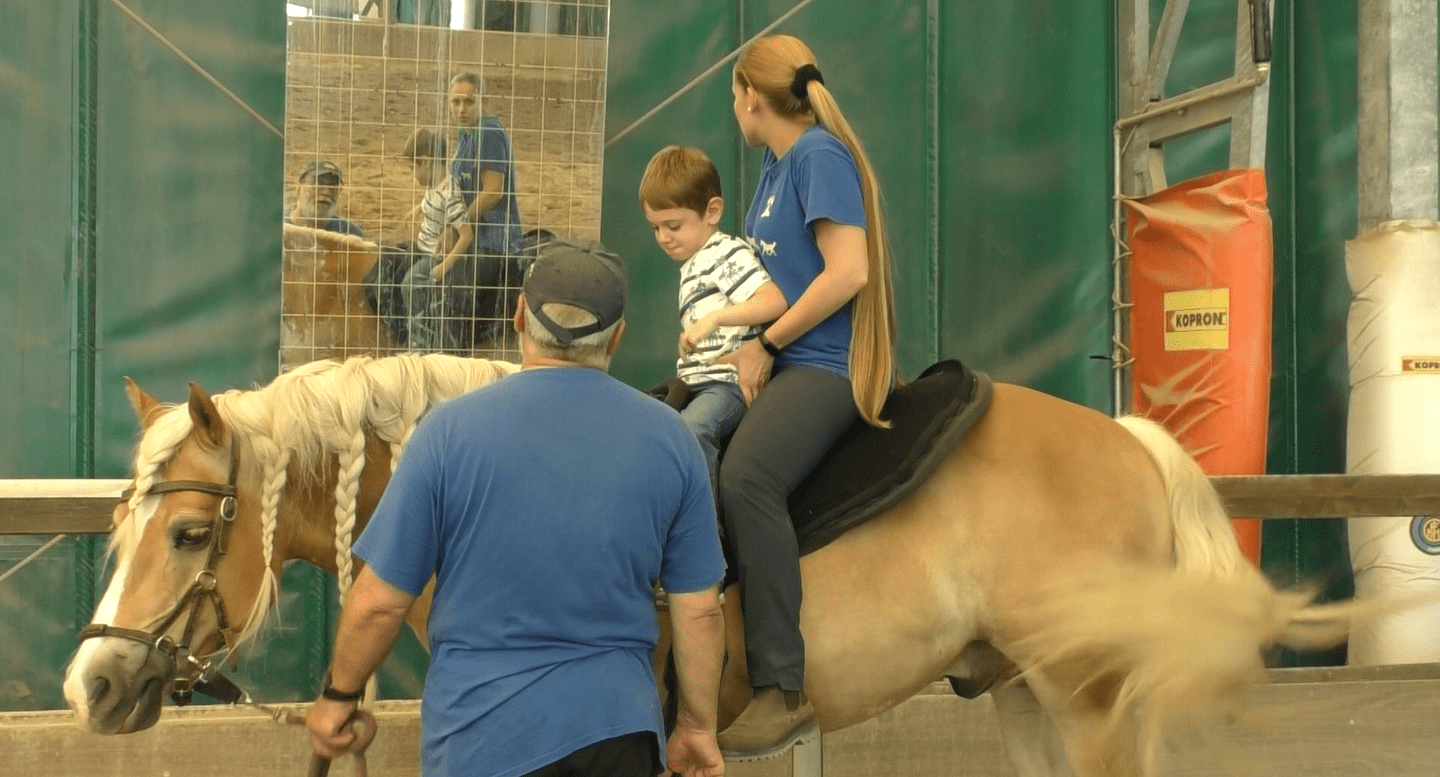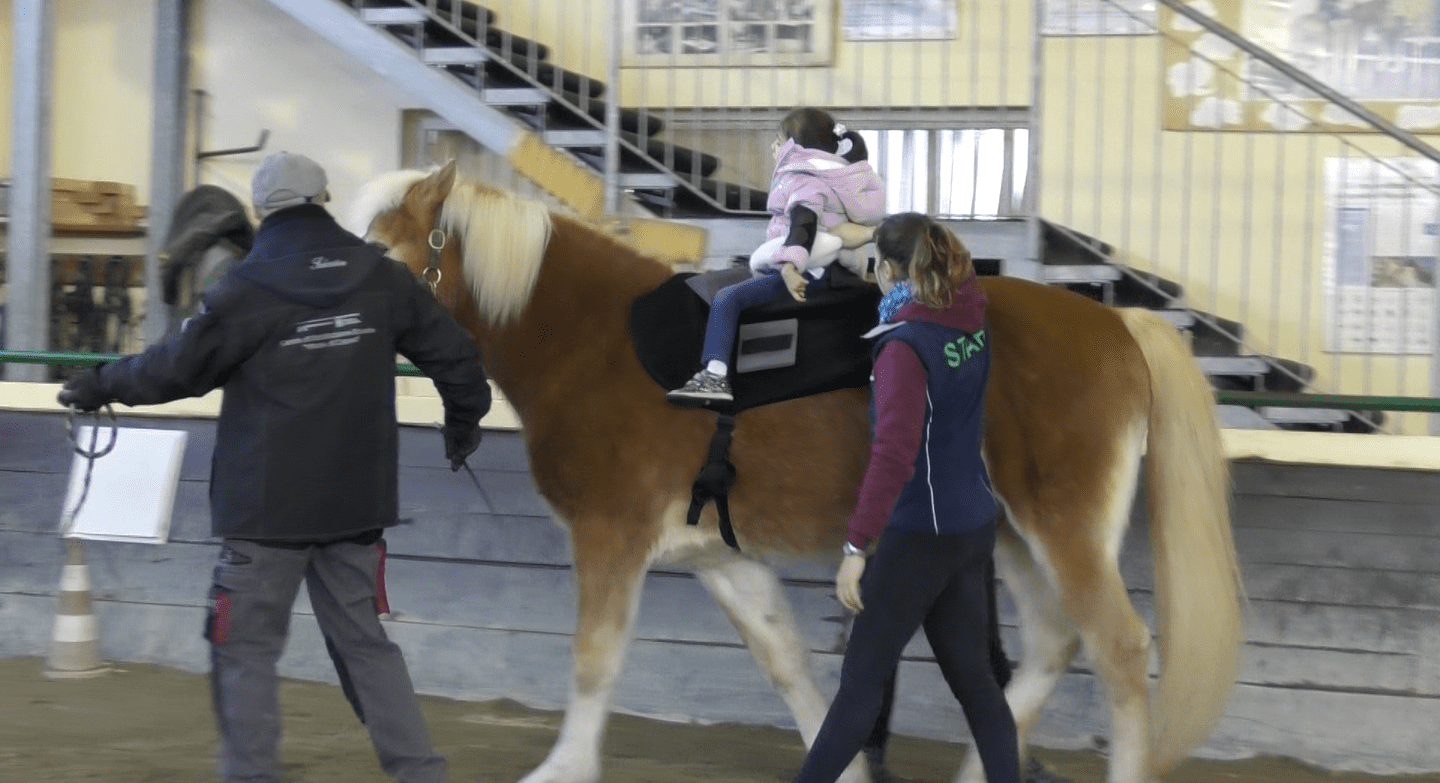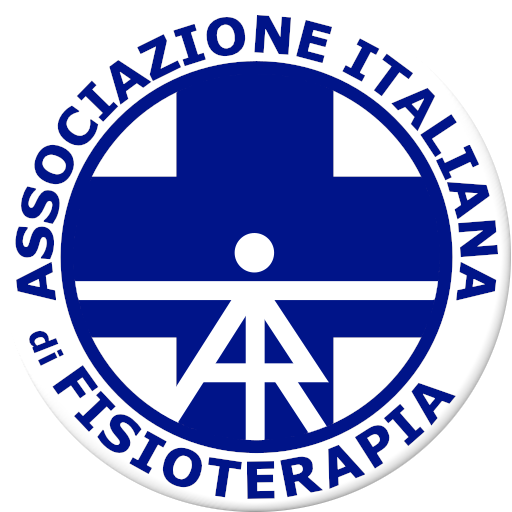Una strategia innovativa e personalizzata di approccio fisioterapico: la riabilitazione equestre
An “innovating” strategies and tailored approaches in physiotherapy: the equine-assisted therapy.
Introduction
Several treatments have been introduced by the rehabilitation services to better motor delay, participation, integration and health.
Animal-Assisted Interventions (AAI) are considered an innovative rehabilitation approach to improve social, emotional, and physical domains in several diseases, as stated in the National Guidelines for AAI by Italian Department of Health. Among such treatments there is growing evidence on the beneficial effects of Equine-Assisted Therapy (EAT).
EAT rehabilitation is a promising approach, but organizational models are crucial in order to improve its sustainability.
The purpose of this paper is to show the feasibility to implement EAT in formal rehabilitation settings in a big general hospital. Niguarda Hospital’s model, its good operating standards for the correct and uniform application of AAI made it possible to include EAT in the regional Essential Levels of Care
Methods
EAT is considered a complete physiotherapy approach: the use of a horse has been demonstrated to improve functional ability in postural and kinetic organization (balance, functional capacity, posture, spasticity, and gait ability) in several neurological disorders.
EAT can be considered as a motor learning rehabilitation improving sensorimotor and postural ability (neuromuscular re-education technique, improving muscle strength, relaxation, body awareness, balance, tone, gait, coordination).
EAT harnesses sensory information produced by the horse’s gait to stimulate the patient’s postural reflex mechanisms through motor and sensory inputs, thanks to the intrinsic cyclicity and three-dimensional synusoidal horse’s movement, rhythm, and cadence.
EAT offers to patients a valuable opportunity to engage in a positive and enjoyable environment, fostering psychological well-being, enhancing self esteem, motivation and ultimately promoting compliance.
Results
In our experience, treatment programs begin with referrals from physicians in order to rule out any possible contraindications.
In the initial phase, an evaluation is collected with both subjective and objective data, namely, video records, VABS, Gross-motor, APCM-2, ABC movement, SPM.
Based upon evaluation, programs are established and horses and appropriate equipment are selected.
The physiotherapist is the team member who is responsible for evaluating the patient’s performance, developing a treatment plan with short and long term goals, providing instructions to the patient for the execution of the exercises during the treatment session and to monitor the progress that has been made.
The physiotherapist uses a horse and its movement as well as the barn/farm/psychosocial environment to challenge multiple body systems in the patient to accomplish specific therapeutic goals.
Discussion and Conclusion
EAT is becoming a treatment option for physiotherapist. Recent efforts in rehabilitation have focused on emphasizing the “multidisciplinary team” approach, involving occupational therapy, physical therapy, speech and language pathologists as well as including members of the family in the clinic process, in a family centered view.
EAT is a motivational therapeutic approach that helps children maintain, focus and prolong endurance. This increases opportunities for motor learning and developing communication skills.
We believe further qualitative and quantitative research is needed, as well as physiotherapist’s intervention programs focusing on therapeutic use of animals in rehabilitation
REFERENCES
Nudo RJ et al. Role of adaptive plasticity in recovery of function after damage to motor cortex. Muscle Nerve. 2001;24(8):1000–1019.
Ministero della Salute. Interventi assistiti con gli animali (I.A.A.) Linee Guida Nazionali (2015)
McCardle P. et al. Animals in Our Lives: Human Animal Interaction in Family, Community and Therapeutic Settings. Brookes Publishing; Baltimore, MD, USA: 2011; 165–183.
Roscio A. et al. Al passo con. i cavalli saggi, la Riabilitazione Equestre in età evolutiva, Erickson. 2019
D.J. Silkwood-Sherer, et al. Hippotherapy—An intervention to habilitate balance deficits in children with movement disorders: A clinical trial. Phys Ther. 2012; 92: 707– 717.
Zadnikar, A. et al. Effects of hippotherapy and therapeutic horseback riding on postural control or balance in children with cerebral palsy: A meta-analysis. Dev Med Child Neurol. 2011; 53: 684– 691.
